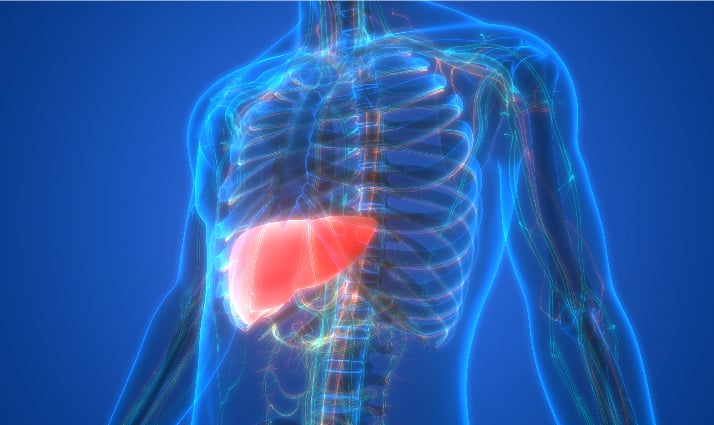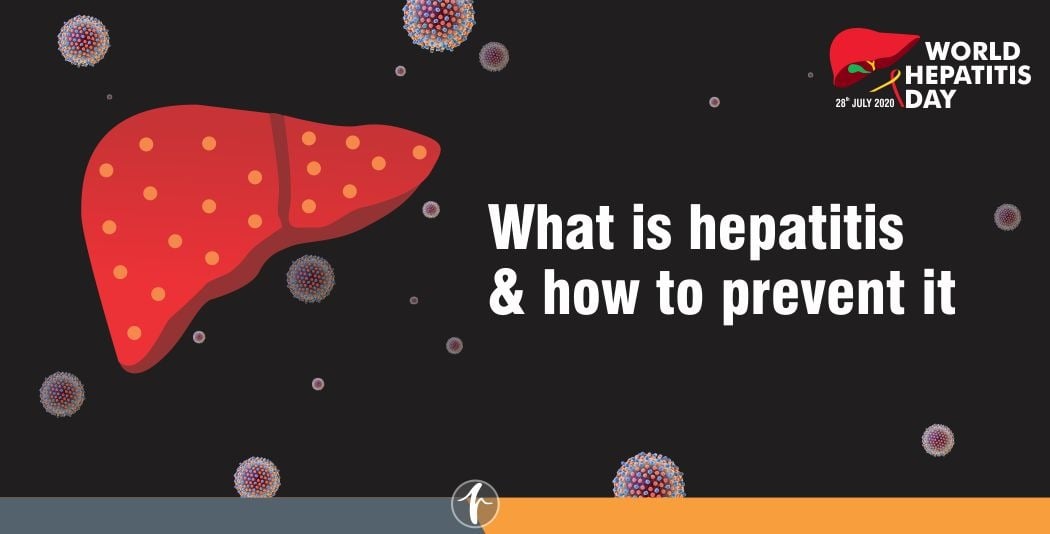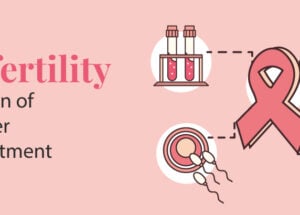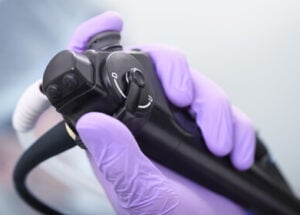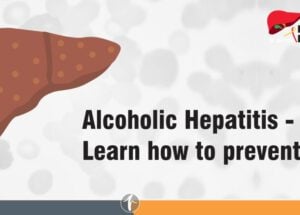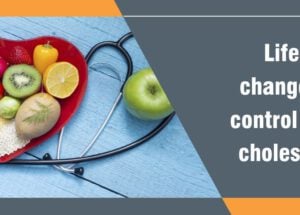Your Newborn Has jaundice
September 27, 2019

Jaundice in newborns is not an uncommon thing. Though it may be disturbing to see your newly-born baby with that sickly yellow tinge on his palm, soles and the eyes, it is not always something to get you in panic mode.
Neonatal jaundice is a commonly occurring condition and, in most cases, requires no medical treatment. However, the infant must be observed and monitored, to rule out the possibility of cholestatic jaundice (which points to liver disease or liver damage).
Jaundice is a condition that results from increased bilirubin in blood. Bilirubin is a yellow by-product which is produced from the excretion and breakdown of red blood cells from the body. In newborns, it is a fairly common condition, with about 60% of them being diagnosed with jaundice, at the time of birth or developing it in a few days after. However, most cases are mild and do not require hospitalization. Nonetheless, it is advocated to visit a doctor for jaundice treatment near you, in case the newborn has developed any symptoms after being discharged.
Broadly, jaundice has two categories: Cholestatic jaundice and Physiologic jaundice.
Physiologic jaundice in newborns results from unconjugated hyperbilirubinemia, which is the abnormal uptake of bilirubin from hemoglobin in blood. It can also occur due to breastfeeding, where proteins from breast milk block the breakdown of bilirubin. However, breastfeeding is not discarded for this reason.
Usually, paediatricians observe the child for a day to decide the course of action. If the jaundice is mild, it wards off easily with phototherapy (i.e., exposing the child to sunlight, but not directly). This can even be administered at home. If the levels of hyperbilirubinemia are higher, exchange blood transfusion is required (i.e., removing and replacing a small amount of the infant’s blood with a matching donor’s blood).
In cases where jaundice does not recede even after two weeks, more investigations are required to diagnose if it is Cholestatic jaundice, which indicates non-breakdown of bilirubin due to a liver problem or bile duct function. The symptoms of cholestatic jaundice are the same. However, this can be fatal. If cholestatic jaundice is diagnosed, the infant must immediately be referred to a paediatric gastroenterologist, for further assessment. The course of treatment can then be charted after finding the cause of prolonged jaundice. In some cases, liver transplants may also be necessary.
The Institute of Advanced Paediatrics Sciences at Rela Hospital provides state-of-the-art quaternary care in various paediatric subspecialties. The centre provides 24X7 emergency and newborn intensive care services, and is the best hospital for liver problems in children. The team includes the most sought-after liver specialist doctor for children in Chennai and probably the country too. They are also well-equipped in handling complex cholestatic jaundice cases in children, with an all-round evaluation and follow-up mechanisms.





